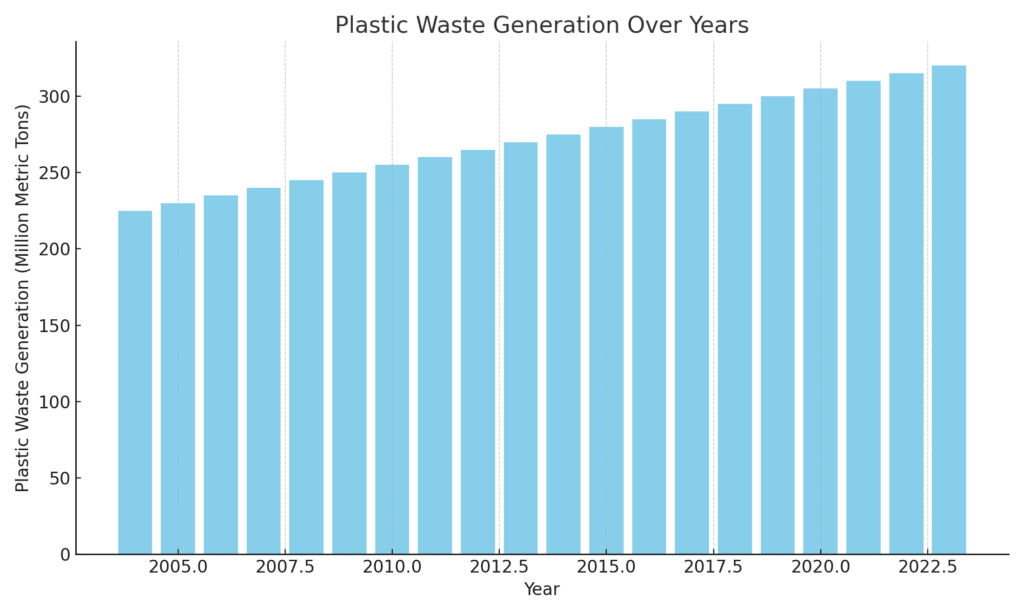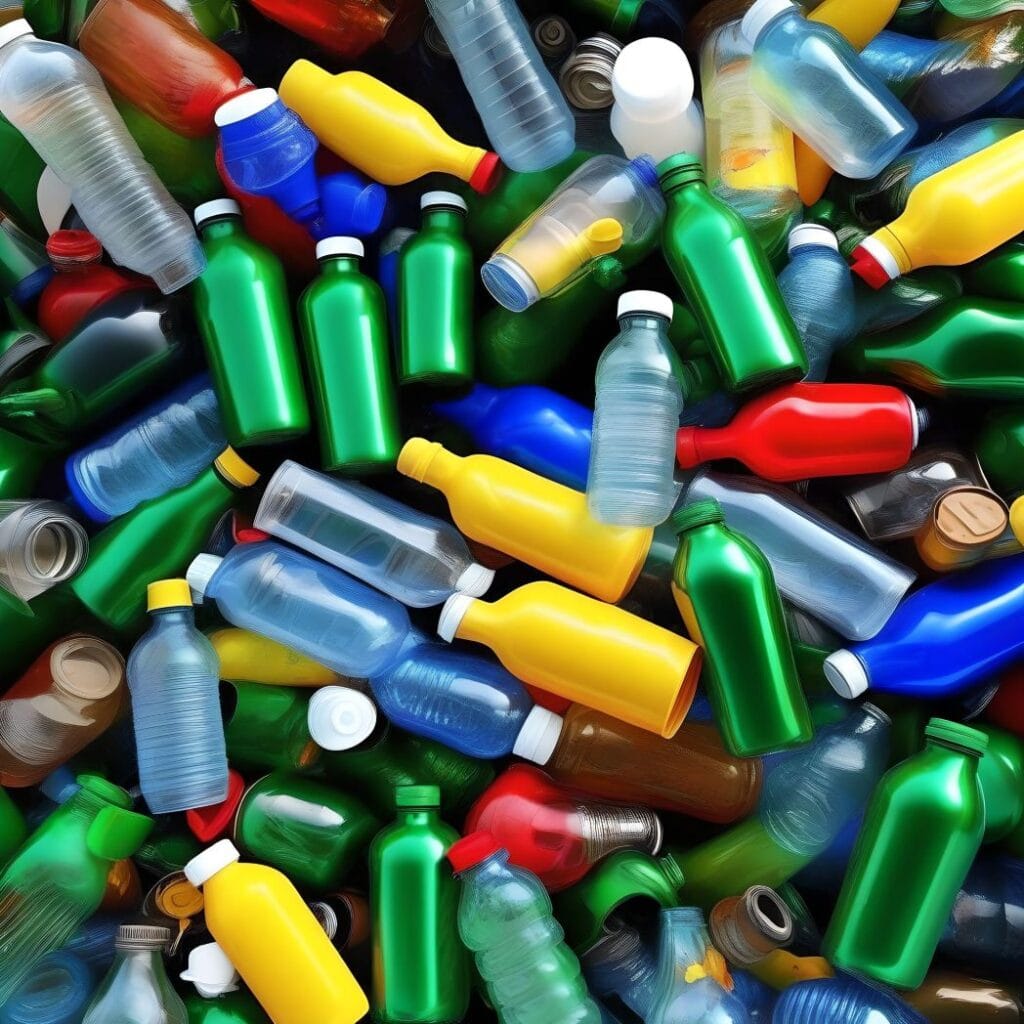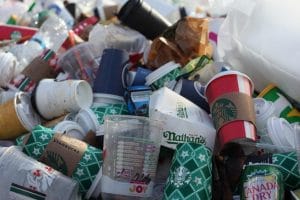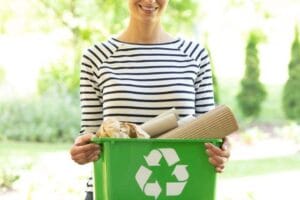Do you remember the anti-plastic bag movement? Due to poor planning, there were no supplies of more environmentally responsible options like paper bags, long-life bags, or fabric before the ban was initiated. Even chain retail shops had no prepared answers for customers. What do you think was the first solution? Plastic bags. You can not make it up.

It would be wonderful to throw a blanket solution over an entire question. The reality is that we need to accept an unwanted weighted balance of things as they are, personally sacrifice, and work toward a solution in the future. Drastic flailing changes are rarely, if ever, effective.
I don’t know about you, but I can get behind the idea of replacing many single-use plastics with other materials, some of which are other plastics. How do you feel about the explosion of Stanely and custom plastic cups to replace water bottles? There is no wonder that this topic brings confusion. Some of the non-plastic solutions are worse for the environment than plastics.
Let us stay on the plasticware topic for the moment. As a yacht charter base manager, we used melamine galley ware. Identical to acrylic, it is long-lasting, very durable, lightweight, and has excellent scratch resistance. We added a small company logo to all the galleyware for simple branding and to reduce pilfering.
- Polycarbonate (PC) is used in layers for bulletproof windows, so it is fairly durable. International space programs use this material. Baby bottles and life-saving impact equipment use PC. Extended-life, seamless, faceted, crystal-clear glassware that never has to be replaced will save you money and space in the landfill.
- Tritan is the name for another durable plastic. It is BPA-free, microwave-safe, food safe, and is used extensively in hiking, camping, and trail gear. The marketing options for long-life plastics are endless.
- Styrene acrylonitrile (SAN) plastic is strong, and rigid,, with a nice feel for glassware. Used ubiquitously in laboratories and scientific research for its leach resistance to oils and greases, SAN is preferred for airline use for its low flammability and fume production.
- Another widely used food-safe plastic is polypropylene. It is microwave-safe, has a high softening point, and is freezer-safe but more expensive than others.

We do not have a plastic use, recycling, or waste management problem. We have a fast and lazy lifestyle problem. Surprise, Humans have the most to do with making and using plastic. If we want changes, they are up to you and me.
How are your haircare, nail, and other beauty products packaged? What kind of packaging will you buy your food in? Did you know a condom is considered a single-use plastic?
Private and public bans on plastic use made matters worse. If we banned plastics; healthcare would end, food production would end, all vehicle production would end, and laboratory research would end until viable options were somehow researched without using plastics. Do you see the conundrum?
If we make smart choices, we don’t need to get the government involved. That is always a good plan.











